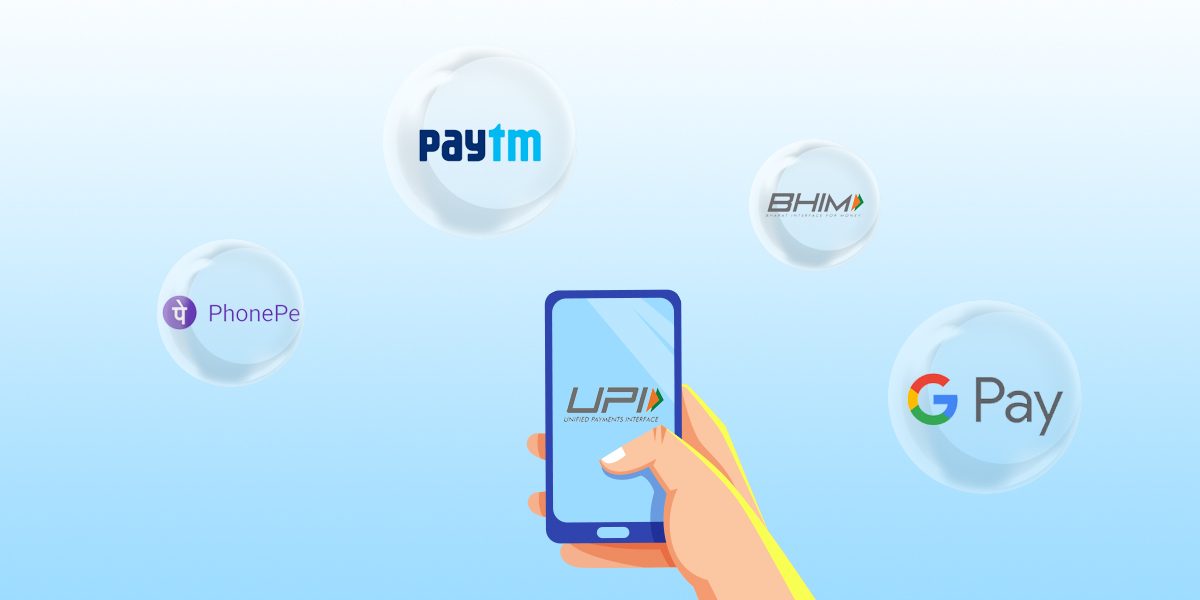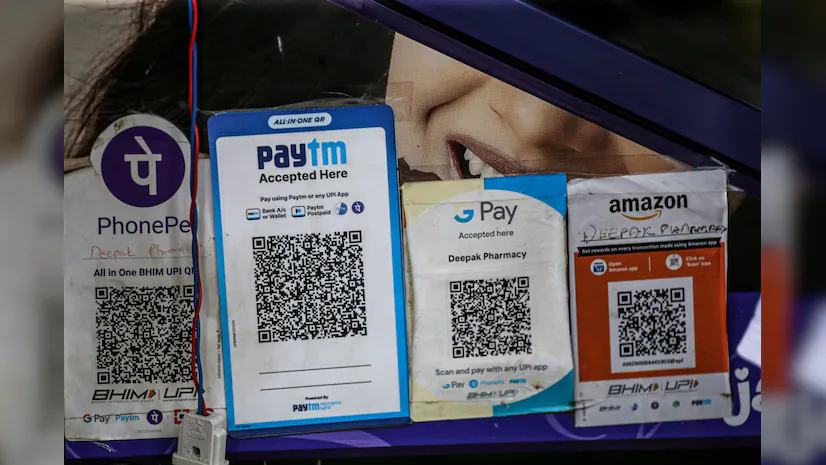Google Pay and PhonePe Maintain Lead as Market Cap Delay Spurs Growth

Story Highlights
- India delays capping market share for UPI transactions, giving Google Pay and PhonePe more time to dominate.
- This prioritizes the overall growth of digital payments in India but raises concerns about a potential duopoly.
- The government seeks a balance between fostering competition and maintaining the success of the free UPI model.
India’s digital payment landscape is set to continue the two-horse race between Google Pay and PhonePe. Sources close to the matter revealed a delay in imposing market share caps on Unified Payments Interface (UPI) transactions, which benefits the dominant players.
Prioritizing Growth Over Competition

The National Payments Corporation of India (NPCI), tasked with regulating UPI, initially planned to enforce a 30% market share cap on individual participants by the end of 2024. This aimed to prevent excessive concentration and encourage competition. However, the deadline will likely be extended by up to two years. This prioritizes the phenomenal growth of digital payments in India, evident in the staggering 11.5 billion transactions processed by PhonePe and Google Pay in April alone. UPI’s success hinges on its free service model, making it attractive to users but potentially discouraging other players like WhatsApp Pay and Amazon Pay from significant investment.
Finding the Right Balance
The lack of a cap raises concerns about a potential duopoly. Some payment firms advocate for scrapping the cap entirely and introducing transaction charges to incentivize wider participation. The government holds the final say, and NPCI seems hesitant to eliminate the cap. A final decision on the deadline extension and other policies is expected by the year’s end. Until then, UPI’s growth is likely to remain robust, albeit with a slight moderation compared to the explosive surge witnessed earlier this year. The Indian government walks a tightrope, balancing the need for a competitive market with the undeniable success of the existing model in fostering digital payment adoption.

